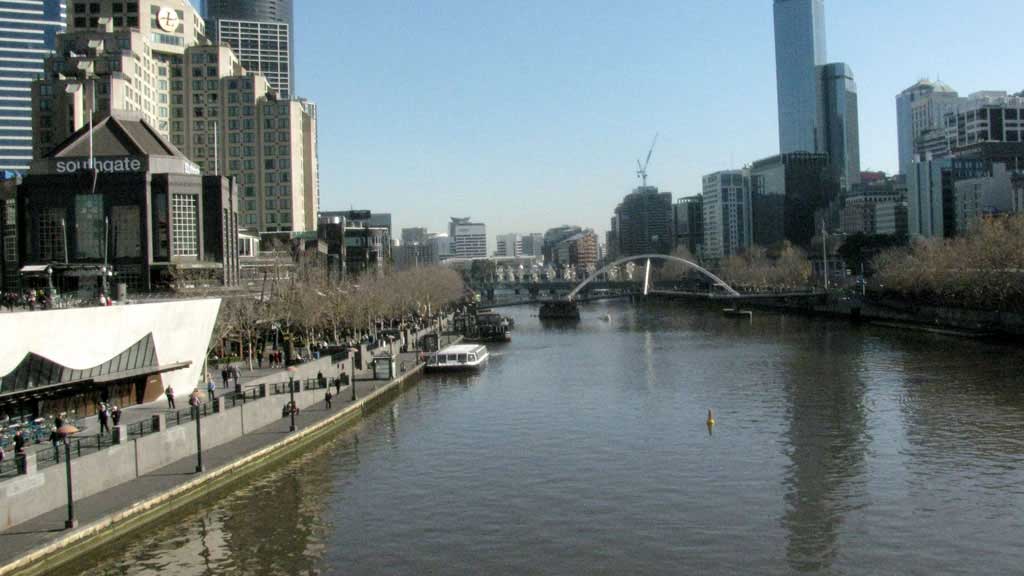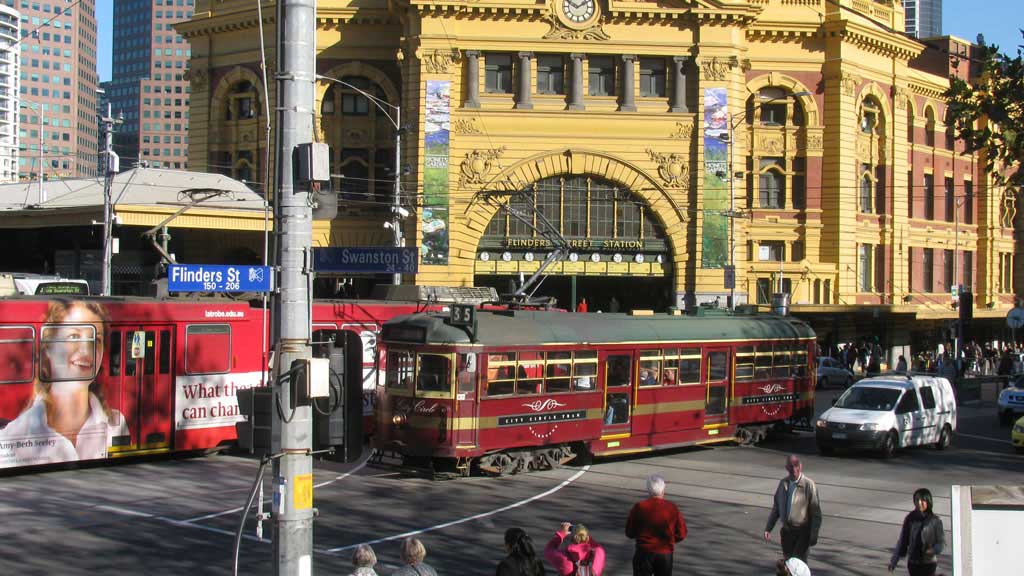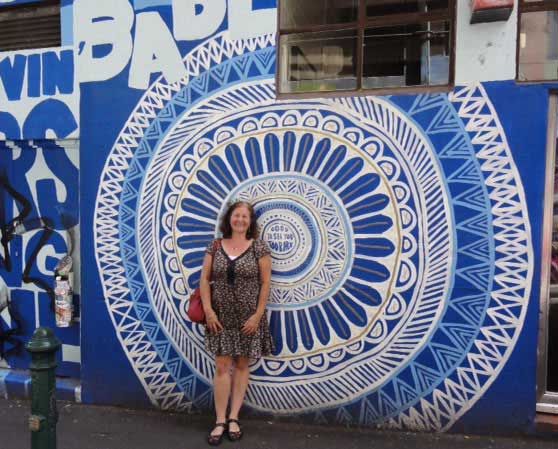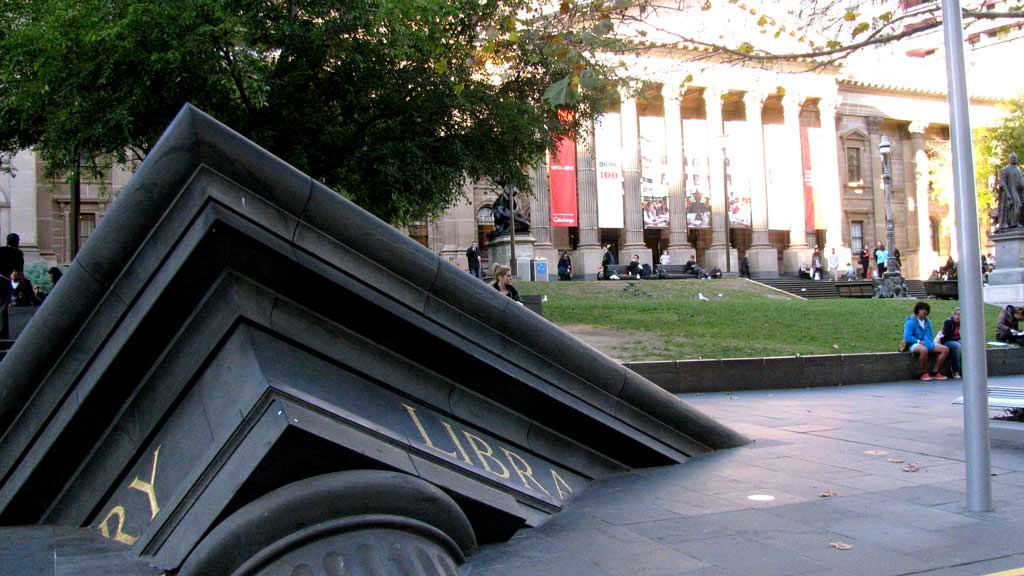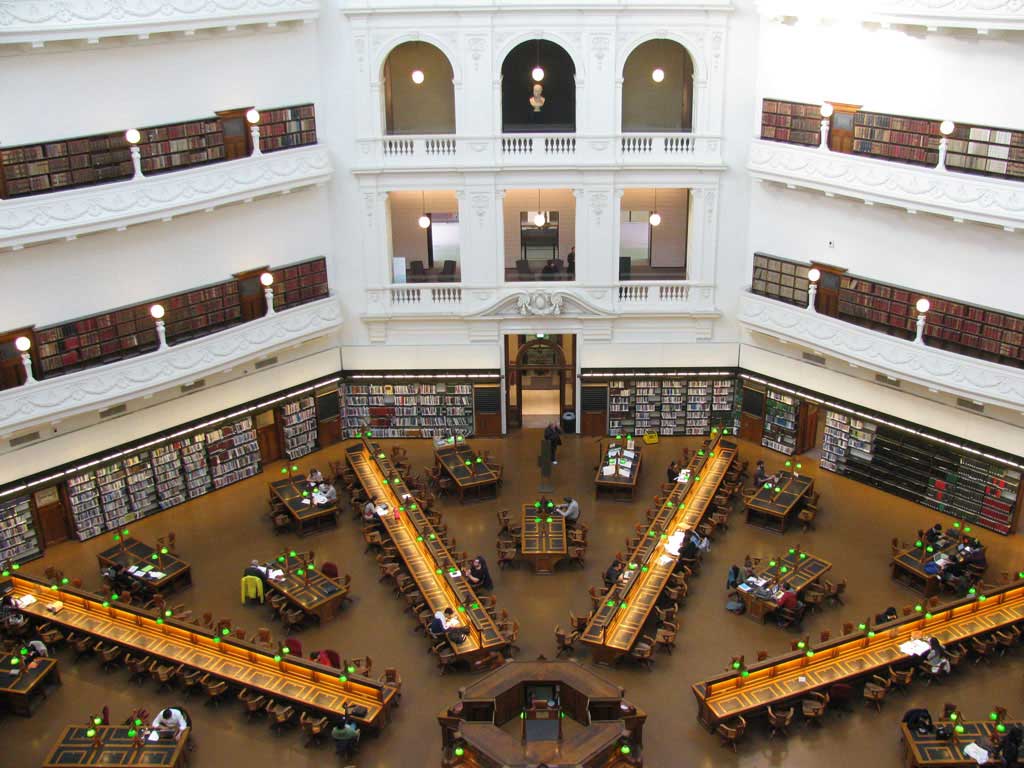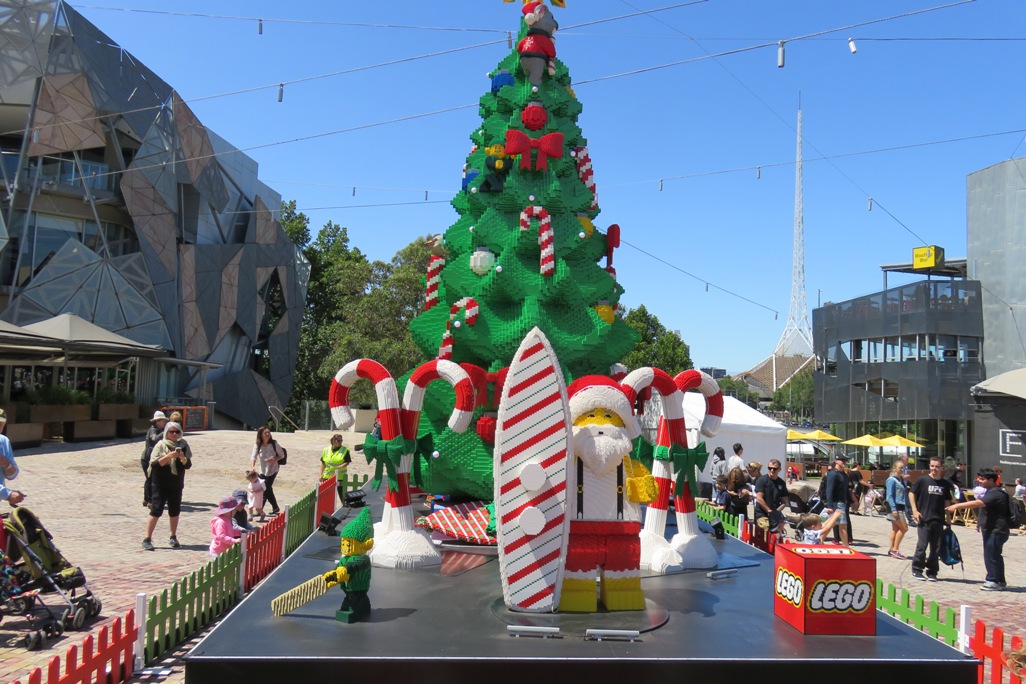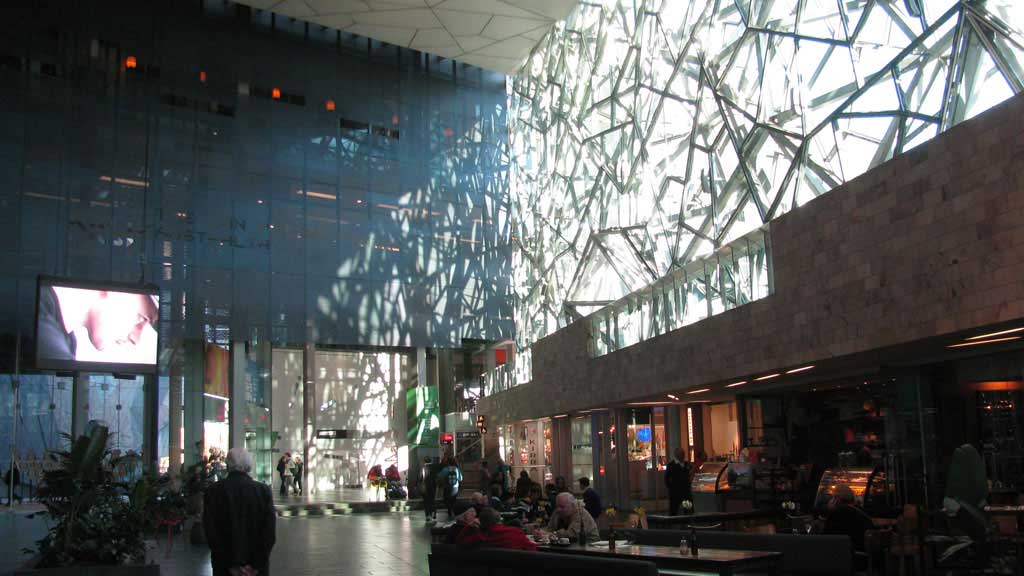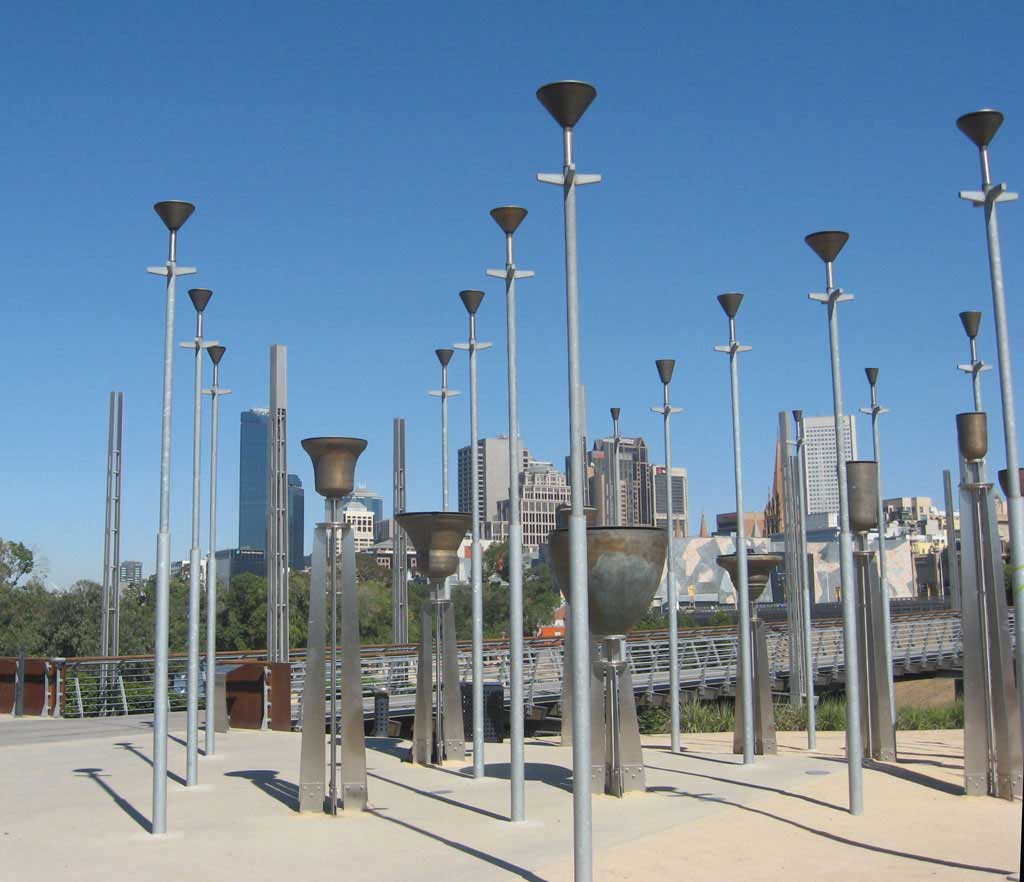Melbourne may be the second most populated city in Australia after Sydney, but we come out on top as a world class destination. A city that knows how to put on a great festival almost every weekend and a city that embraces a rich multicultural inheritance.
With over 15.9 million domestic and 1.4 million international tourists visiting our delightful city each year – surely we are doing something right? Interestingly however, it took a recent vacation abroad for me to truly appreciate what is here each and every day in my home city of Melbourne.
As a lover of travel and seeking out exciting new experiences to share with my travel buddies, Harry and Mike, I realised in the plane as we were flying home, exhausted yet content with our many treasured experiences in France, how much time I had invested before our trip so we could fill up every spare moment with ‘doing’ the tourist circuit. I didn’t want to miss a thing and had four pages of researched web addresses – just in case we ran out of ideas on our six week adventure through France and the little peek over the Pyrenees into northern Spain.
Boy, I thought, I now knew France better than my own country of Australia. Why were we not touring our own home city on weekends as we had done in Paris? So with that thought, I made an executive decision – to become a proactive tourist in our home town – and promptly appointed myself as the family tour guide. Now it is your turn to join me on a tour and discover some of the treats Melbourne has in store for you, on the south eastern coast of Australia.
1835 – Melbourne is born
On the 30th August, 1835, the topsail schooner Enterprize sailed into new territory. The ship had set off from Launceston in Van Diemens Land (Tasmania) with a builder, two carpenters, a blacksmith and his wife, and a ploughman – in search of new grazing pastures for their sheep.
So it was this small group of landowners who were the first white people to settle on the banks of a river that today is called the Yarra River. Even though the government at the time in New South Wales objected to the actions of those aboard the Enterprize, the pioneers unloaded their deck cargo and horses, thus undertaking the first settlement of white Europeans on the site where Melbourne began its humble beginnings (as well as the unfortunate clash of cultures between later settlers and the original custodians of the land, the Kulin Nation).
Captain Hunter of the Enterprize, was present to oversee the first settlers divide the land between them into lots along the precious flow of cascading waterfalls in the river. Within a few months, others would follow: Fawkner, Batman, Hoddle and Swanston, names that have become synonymous with the early shaping of Melbourne before the height of the Gold Rush.
The River that Shaped our City
The Yarra River, derived from the Aboriginal word ‘Yarro Yarro’ meaning it flows, was also known as ‘birrarung’ (river of mists and shadows) by the local Wurundjeri people. The muddy river meanders and glides like a native brown snake among southern soil and today Melbourne thrives upon its banks with quiet parks and lush botanic gardens, with a unique blend of gold-rush heritage buildings and modern architectural icons like the impressive Eureka Tower, the State Library of Victoria, Flinders Street station, the Forum Theatre and the National Gallery of Victoria.
The Golden State of Victoria
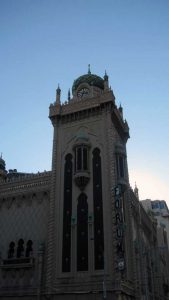 The founding moment of Victoria occurred on1st July, 1851, when the colony separated from New South Wales and became an independent state. 1851 was also a milestone in history as news travelled far and wide to spread the word – gold had been discovered in the regional township of Clunes. This sparked one of the largest gold rushes the world has ever seen, a gold-fever sweeping across Victoria faster than a bushfire that brought a flurry of treasure hunters to the richest alluvial goldfields in the world
The founding moment of Victoria occurred on1st July, 1851, when the colony separated from New South Wales and became an independent state. 1851 was also a milestone in history as news travelled far and wide to spread the word – gold had been discovered in the regional township of Clunes. This sparked one of the largest gold rushes the world has ever seen, a gold-fever sweeping across Victoria faster than a bushfire that brought a flurry of treasure hunters to the richest alluvial goldfields in the world
Within ten years the population of Victoria soared from 76,000 to 540,000, many of them successfully fossicking for an amazing amount of gold, twenty million ounces in fact, making Victoria the richest colony in Australia, and Melbourne the wealtiest city in the World .
Postcards from Melbourne
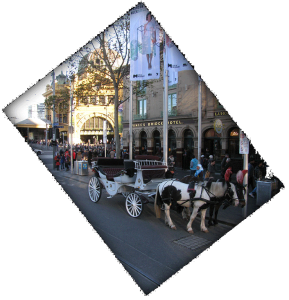 Melbourne has come a very long way since the gold-rush days, and as a visitor to our shores, you will find a vibrant and harmonious atmosphere within our multi-cultural community that has earned a reputation as one of the world’s most liveable cities. What is so striking about Melbourne is that even though the continent of Australia is physically distant from the rest of the world, you would never realise this because Melbourne is a hub of activity: there is always something going on in the areas of arts and culture, film, music and theatre, fashion and design, multicultural food and wine festivals, international sport tournaments and fun-runs, flower shows – one could say, the world has become our oyster!
Melbourne has come a very long way since the gold-rush days, and as a visitor to our shores, you will find a vibrant and harmonious atmosphere within our multi-cultural community that has earned a reputation as one of the world’s most liveable cities. What is so striking about Melbourne is that even though the continent of Australia is physically distant from the rest of the world, you would never realise this because Melbourne is a hub of activity: there is always something going on in the areas of arts and culture, film, music and theatre, fashion and design, multicultural food and wine festivals, international sport tournaments and fun-runs, flower shows – one could say, the world has become our oyster!
If you only have a few days to visit the vast continent of Australia, may I nudge your preferences towards our fair maiden city of Melbourne – just wish you were here…
Getting Around is Easy
Catch the city-circle tram that will take you around the streets of Melbourne and listen to the recorded commentary that gives a brief history of the city. Trams have been in operation since 1885: the single-bogie drop-end open Californian carriages became known as the ‘green rattlers’ and some are still in operation today, alongside the latest sleek modern versions.
Or if you want a real treat, you can book a romantic dinner for two aboard the Colonial Tramcar Restaurant, a converted 1927 tram decked out for fine dining – the only one of its kind in the world.
Not Graffiti, it’s Street Art
Strolling through some of the charming laneways near the city centre, you will find a group of narrow streets devoted to the craft of Street Art. As I admired the work of one of the artists in progress, I couldn’t help but feel that if I lingered too long, I might become lost within the skilful etchings as if inside a giant tattoo.
Arcades
The Royal , the Block, Campbell, The Walk – Melbournes main streets are joined by cool covered arcades featuring 19th-century shops selling a variety of prestige goods.
Within several arcades tucked away like Babushka dolls, dozens of cafes and restaurants ooze old European charm. I guarantee the heavy aroma of percolated coffee, the rich scent of sweet chocolate and the overwhelming choice of fabulous cakes will be a temptation impossible to resist. Here you can also find beautiful bespoke clothes and handmade gifts to please anyone.
Not far away are the buskers of the Bourke Street Mall, a vibrant hub of free entertainment. The idea for a pedestrian mall in the heart of the city was a concept proposed by Robin Boyd and Frederick Romberg in 1964 and it was officially opened in 1983 by Their Royal Highnesses, Prince Charles and Lady Diana. We have a phrase here, ‘busier than Bourke Street’ and this pedestrian mall is a real hive of activity – with humming shoppers all hunting down a bargain or souvenir.
Melbourne – A UNESCO City of Literature
One of my favourite buildings just north of Bourke St is the State Library of Victoria. The vast expanse of green lawn feels like a luxurious soft carpet that invites one to throw down a picnic rug and enjoy observing the hubbub of city life as it rushes past (with the original picket fence having been removed a long time ago).
The Library opened in 1856, with a collection of 3,800 books and today, boasts over 2 million books among its shelves (including one of mine!). Some of the library’s unique collections include the diaries of the city founders, John Batman and John Pascoe Fawkner. But wait, there is more: as a visitor, you can be taken back in time and cast your eyes over the folios of Captain James Cook AND stand in front of the original armour of the infamous bushranger and local hero, Ned Kelly.
In 2008, Melbourne was the second city, after Edinburgh, to be recognised as a city ‘pursuing excellence in literature on a local level’ and celebrates her title proudly with a year-round calendar of literary events, writers’ festivals, workshops and courses devoted to the practice of writing and the sharing of ideas.
Standing from my vantage point under the domed ceiling, high above the octagonal reading room designed to hold over a million books and accommodate 500 readers, fertile imaginings take me briefly to a different time and place….
Federation Square
A Monument to the City, Federation Square, in the very heart of the city is Melbourne’s long awaited public space that was the result of an architectural competition. In 1997, the call went out across the world with a design brief specifying the criteria for a better connection to Flinders Street and to the Yarra River which would also enhance and complement the neighbouring heritage buildings.
Federation Square was officially opened in 2002 with a final cost of A$467 million (over four times the original estimate). Initially controversial for its striking geometric architecture, it has been adopted as the heart of the city. Today, tourists and locals alike constantly use this space to enjoy a lavish array of public cultural facilities. The square hosts international sports viewing on the daylight screen, music events, many multicultural and environmental festivals and is a popular meeting point at any of the many bars, cafes, restaurants and galleries tucked away around the edges of the strikingly different design.
When you walk across the gently undulating paving of the outdoor terraces, you may be entranced by its textural design. Thousands of ochre-coloured sandstone blocks that originated in the soils of Western Australia, have now settled into our foundations as part of the massive urban artwork (‘Nearamnew’ by Paul Carter) intended to invoke images of the great Australian Outback.
Federation Square Atrium is also home to the Kirra Glass Gallery, one of my most favourite places to visit and admire the shimmering elegant works of local glass-blowers and sculptors on display all year round. The Ian Potter Centre – an art gallery housing the Australian collection of artwork. ACMI – the Australian Centre for the Moving Image. The Melbourne Visitors Centre and the Deakin Edge theatre on whose stage, I am proud to say, I have sung as part of a rousing choral event with a 300 exuberantly voiced choir! Harry likes to impress visitors with the fact that whole Atrium Complex is heated and cooled by waste heat from Flinders St Station running through heat pumps, and recent upgrades include a vast hilltop underground reservior that capures the rain from the Square and uses it to water the surrounding parks of Birrarung Marr.
Ring out the Federation Bells!
The Federation Bells is a unique art installation of 39 upturned bells cast in bronze ranging in size from 500 grams to a whopping 1.2 tonnes. Installed in 2001 at the Middle Terrace, Birrarung Marr, the newest parkland in Melbourne. It is an 8 hectare (20 acre) terraced park, providing a promenade on the riverside between Flinders Street, Federation Square and the famous Melbourne Cricket Ground as well as providing access across a new bridge completed in 2017 to the Rod Laver Arena, home of the Australian Open, the first Grand Slam Title in the Tennis year.
From Flinders St Station, if you take a stroll down the bank of the Yarra, within five hundred metres on your left is a muscular steel staircase of 39 steps, at the top of which is the Middle Terrace. There you will be delighted by the 39 bells and be amazed by the selection of over 200 compositions that play three times a day (8-9am, 12.30-1.30, 5-6pm). Thanks to the ingenious new design of the bell ringing and control systems by Spring Innovations for the City of Melbourne and Arts Victoria, the bells are now a responsive musical installation, and attract mature composition from composers around the world. Using the free app (federationbells) anyone can compose and submit a tune to be played from anywhere in the world. When you are at the Bells, the app allows visitors to play the bells, when the scheduled tunes are not playing. From the middle terrace you can walk across the William Barak Bridge, a cultural icon, to the MCG, or up to the Upper Terrace or indeed down to the river and on to the Rod Laver Arena, and four other newly renovated international sports and entertainment centres.
Be Lifted to New Heights
The Eureka Tower on the picturesque South Bank of the Yarra River, at 300 metres high, can boast one of Melbourne’s most spectacular photographic opportunities to capture a bird’s eye view of the city. Soaring way above any skyscraper rooftop in sight, the Tower has the highest viewing platform in the southern hemisphere. If you are braver than me, you can take the giant step out onto the observation deck that hovers over the city skyline. Rest assured you will be cocooned within the full-length glass walls of a cube that projects three meters from the side of the building but I hope you don’t mind if I just wave from within the tower while you hover high above in the clouds overlooking Melbourne – I dare you to keep your eyes open!
